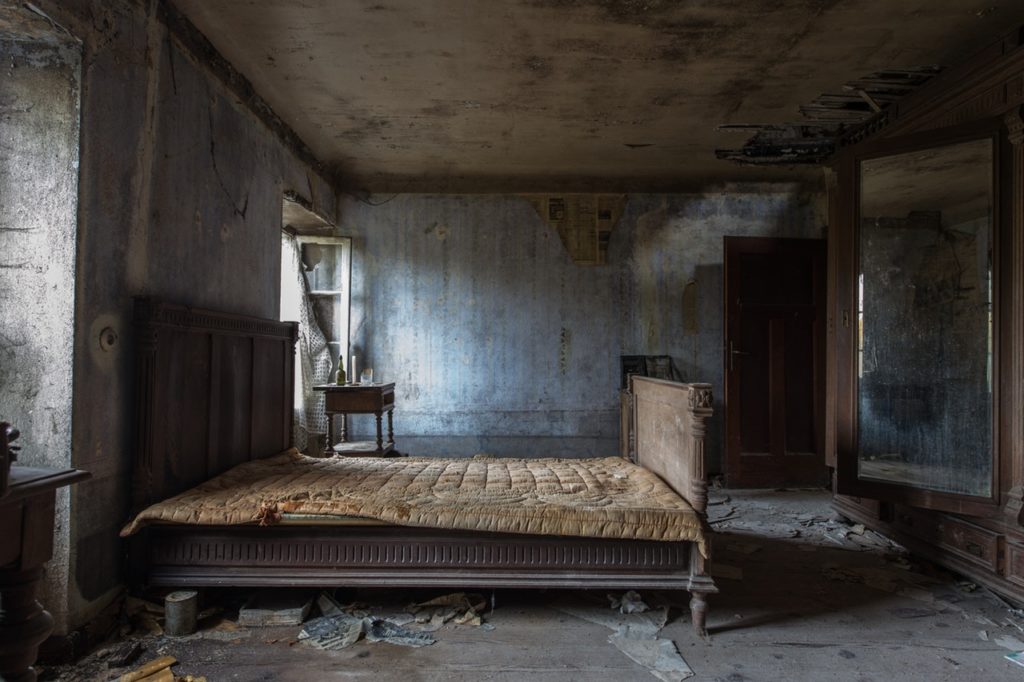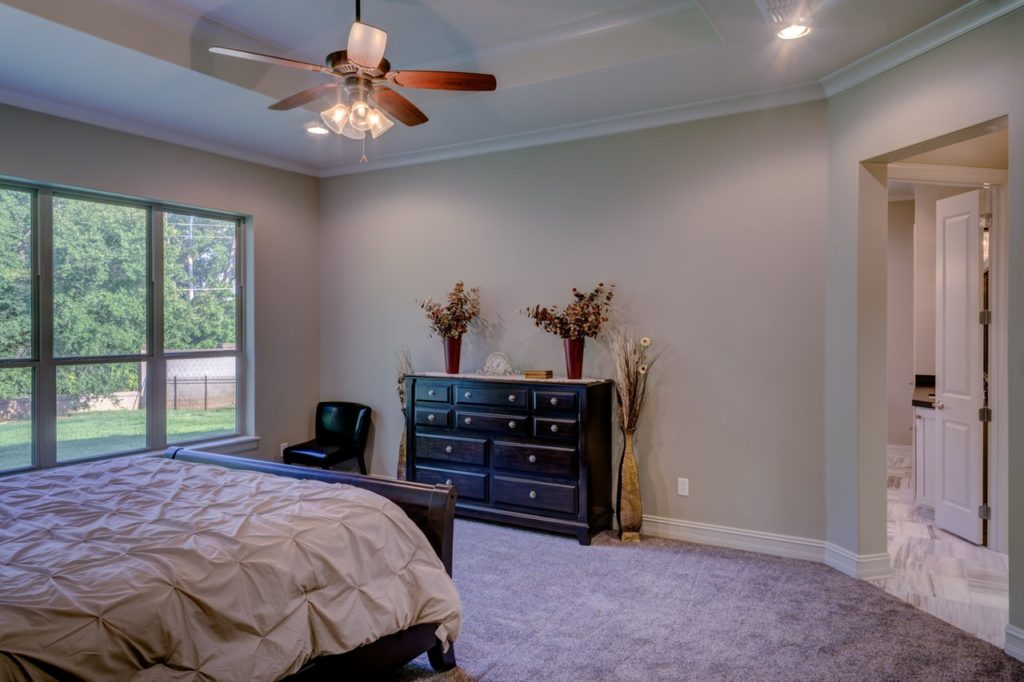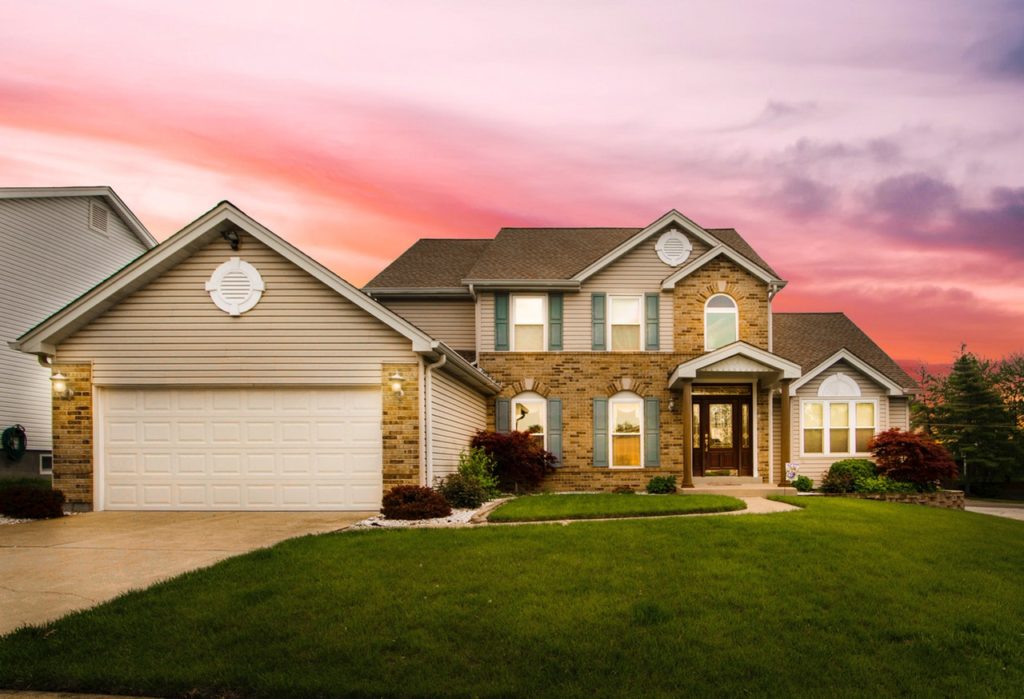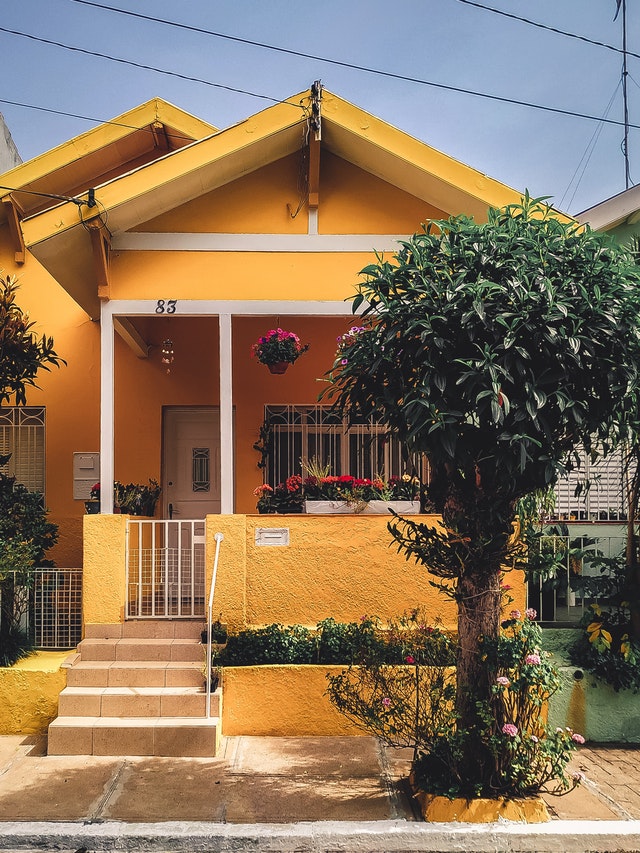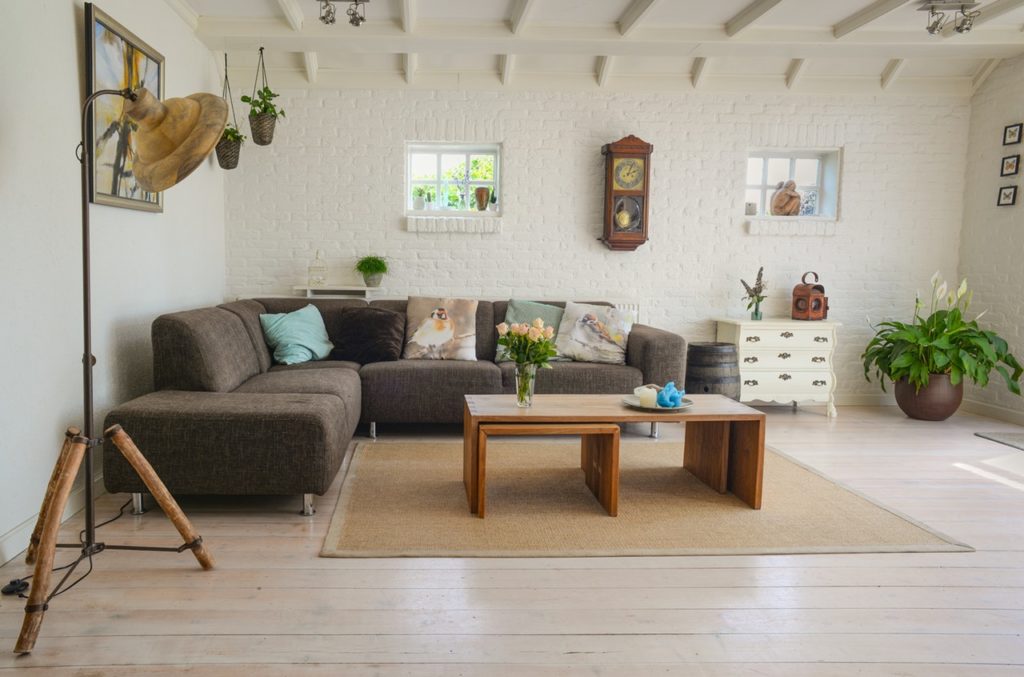
As the teach in sales training, don’t say price or cost or expense but investment. And that is what home staging is – an investment. The reason is that it pays for itself by either getting a better price when you sell your home or finding a tenant faster when renting an apartment. We asked Tenay Benes of Calm Castle Home Staging (www.calmcastle.com) to give us some insights on why home staging makes sense.
Vacant vs. Occupied Staging
You have opposite goals with these two situations. With Occupied staging people tend to accumulate a lot of items over time and the house can start looking cluttered and smaller than it actually is. The goal here is to start culling out and opening up rooms to make them look larger and often more inviting. Many people almost don’t want to move after completing the process because they find their house more enjoyable. There will also some touch up, painting in places and repairs done to make everything look in good shape.
With Vacant staging you are adding furnishings to the property. If you have already moved everything out, the house can look very barren and uninviting. Most people can’t picture how it will look after they move their furniture in. By putting some furnishings in the rooms, it makes the house much more inviting. It doesn’t take a lot but it makes a big difference in how it looks and shows.
Increase Price and Likelihood of Selling
By doing either the vacant or occupied staging, homes typically sell faster and for a higher price. Think about how you feel if you walk into a place that you want to straighten or fix things versus a place where you could imagine living there right now. Even though the house is identical, it is just the way it is decorated which can have a large impact on people’s impressions.
Well-Maintained Home
When buyers walk through, they not only are looking to see if the number and size of rooms and layout meet their needs. They are also looking to get an idea of what type of condition the house is in. If they notice a number of things that need fixing, they will figure there are other things they haven’t noticed yet. That will make them less interested and decrease what they are willing to pay because they are assuming that they will have to spend money fixing the different things and automatically reduce the offer price by that amount or more. You want the house to look in great shape. The following two photos show two bedrooms. The differences are exaggerated but our guess is you would be willing to pay a lot more for one versus the other.
Fair Market Value
There is no exact fair market value for a house. It is whatever a buyer is willing to pay ultimately. However, it is in a range and by having the house fixed up and looking nice with no clutter, you are much more likely to get in the upper range of the fair market value.
Grow Your Home
By reducing the clutter, you can make the house feel larger. It can also mean rearranging furniture so that you get a better use of the space. You want everything to flow. When you walk into a room you don’t want to be bumping into a chair or bureau or other item. The doors should be able to swing freely and not be blocked by furniture. After people finish the staging process, they are usually amazed at how much larger their home feels.
Needs a Purpose
When you are living in a home, sometimes you might use a room for several purposes. That is fine for living there, but if you are selling, it is better if each room has an obvious single purpose so it is clear to potential buyers walking through. It may seem obvious to you, but many people just can’t visualize spaces. If the room’s purpose isn’t clear, someone who can’t visualize can essentially ignore the room and right it off. That has just reduced the value of the house to them.
Competition
Remember that your home is not the only one on the market. You are in a competition with the other sellers. By doing the staging and having your home looking really nice and like the buyer can move in tomorrow without having to do any work, it gives you a leg up on the competition.
If you were wondering whether doing staging is worth the money, hopefully this will convince you it is worth the time, money and effort. Remember, staging is an investment, not an expense.

